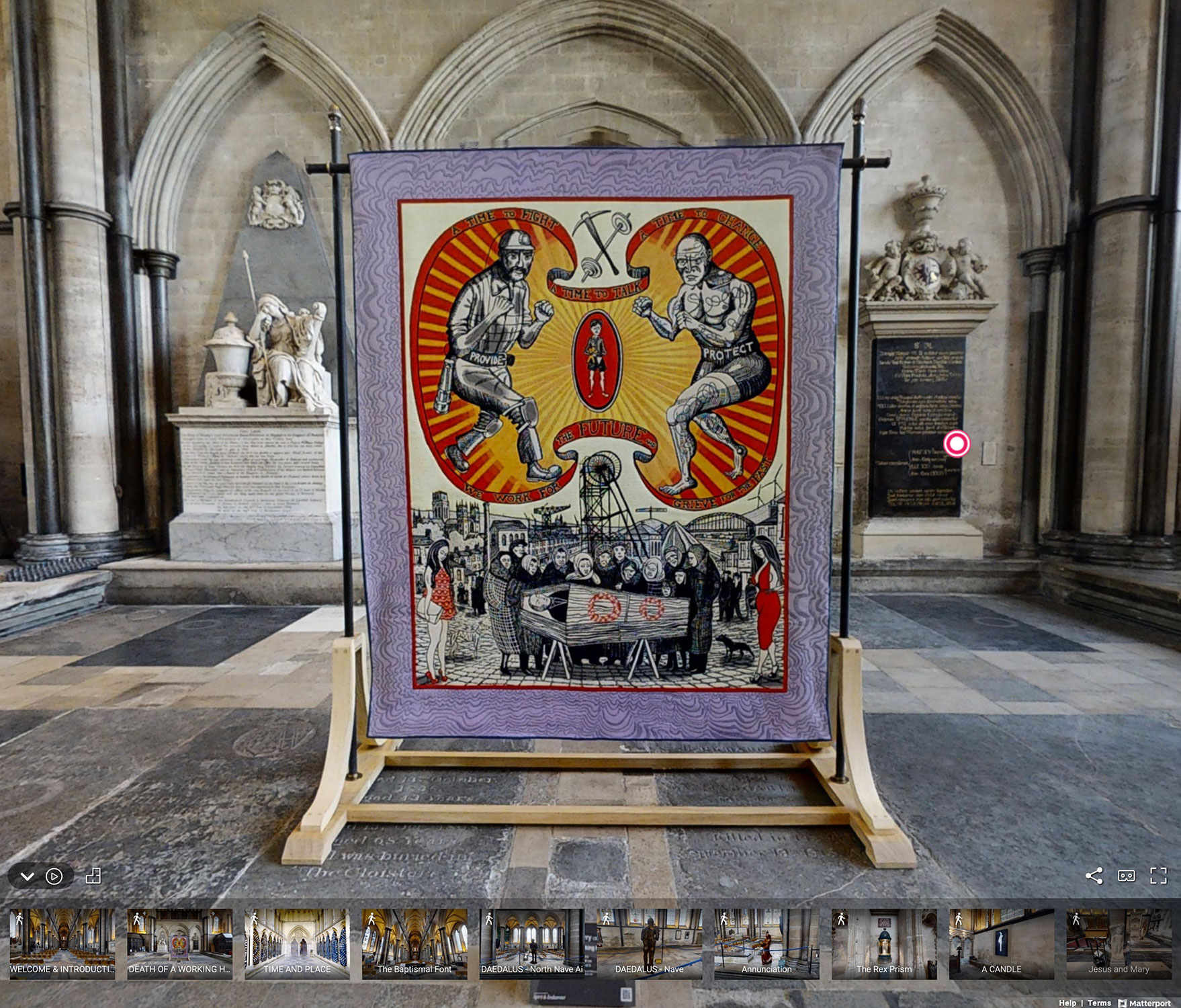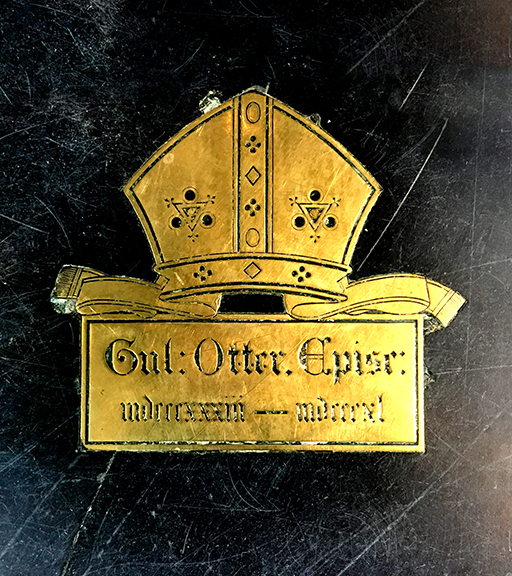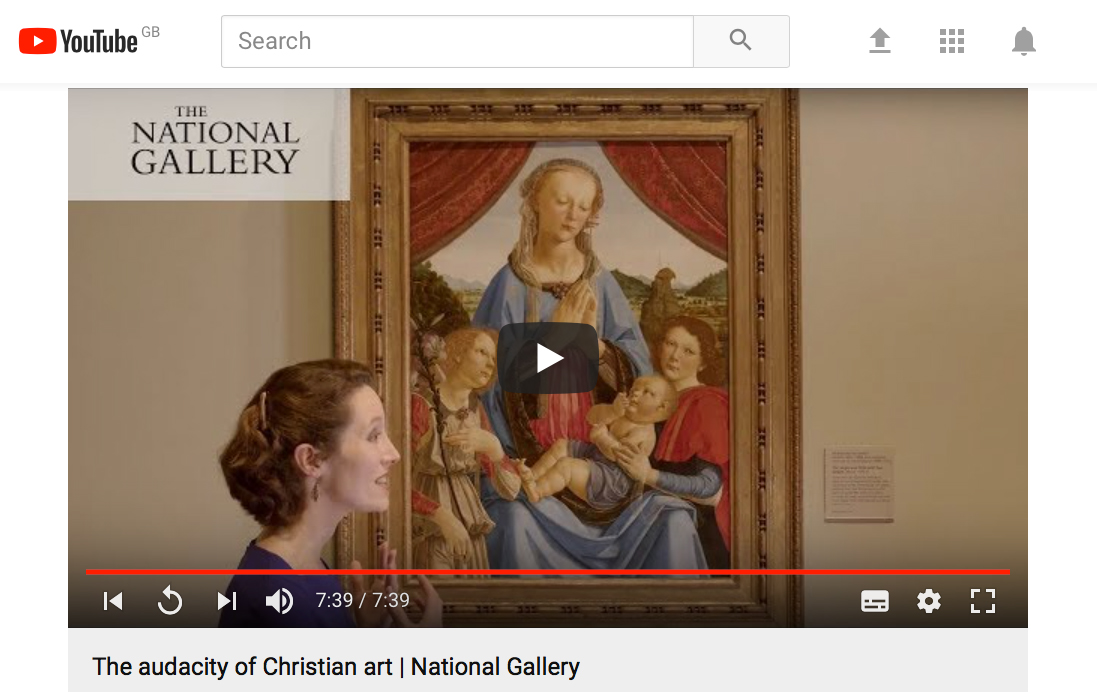Last month I considered some problems around theology on screen. I was drawn in to media discussions about the effects of worshipping differently, in lockdown – and on the communication of theological ideas when such worshipping happens primarily online, via Zoom or Facebook. For a time, I was wholly absorbed with the intellectual grappling of something problematic, and I tried to articulate a frustration, an impatience, with what I perceived as a tendency to overclaim for screen-as-surrogate-presence. I felt that something obvious was being overlooked: the technology, its consumer- and use-value, and the extent to which it is carved in our own Enlightened image of design and functionality.
But as time has passed, the importance of idea-wrestling has faded. The closed-in-ness of the discussion feels alienating, even as I re-read my own position. Here I want to consider the possibility of a more optimistic interface for our dealings with the screen, the thoughtfulness we bring to considerations of art and creativity and interactivity. I’ve been buoyed by various UK programmes on ‘culture in quarantine’: the BBC producing shorter performances of poetry, Jools Holland presenting an introduction to blues on his piano at home, and Grayson Perry’s wonderful Art Club on Channel 4. The undemanding, unaffected, reach of art into our lives and living rooms, into mental states of disconnection and isolation, is quiet but somehow true. The power of the creative gift has the language of a physical gift, a generous and unconditional giving of something crafted, worked, wrestled with, spent on. It is almost alarmingly hierarchy-free: mediated, certainly, but intrinsically without claims of subjugating dominance. It is like a question, rather than an answer. It comes alongside us laterally, rather than meeting us on the perpendicular.
It has been my own experience in lockdown that there is no ‘meeting of minds’ in the virtual sphere, that the space for two-way (or group) communication is strangely anechoic. I’ve joined a few Zoomed seminars for photography, and watched artists talk about their work. But what is said has minimal return, reflections are absorbed, and energy is dissipated. There is no congregation. What is different in the receipt of art itself is the possibility of the work’s (as opposed to the people’s) connection held more loosely. Certainly art’s open-ended-ness has more room here. Perhaps it could be the first foot forward when it comes to thinking about Zoom. It will be a legacy of lockdown, to me, that our lives are made up of so much more than relationships with people, and that when these are minimised, other relationships fill and swell our vision and our hearts. The arts give voice to these, to the relationships we have with our self, the land around us and underneath us, the sky above us, the words we haven’t spoken, the songs we’re still composing, the food we consume, the tools we use in activities, the materials that make up our homes, the humanity of others we don’t know, the enormity of the planet. We are so rich in relationships, it’s just that most of them are silenced by the continual ego exchange with our more immediate fellow man.
Header image: Grayson Perry at Salisbury Cathedral, 2020, experienced virtually. Photograph by Sheona Beaumont.



